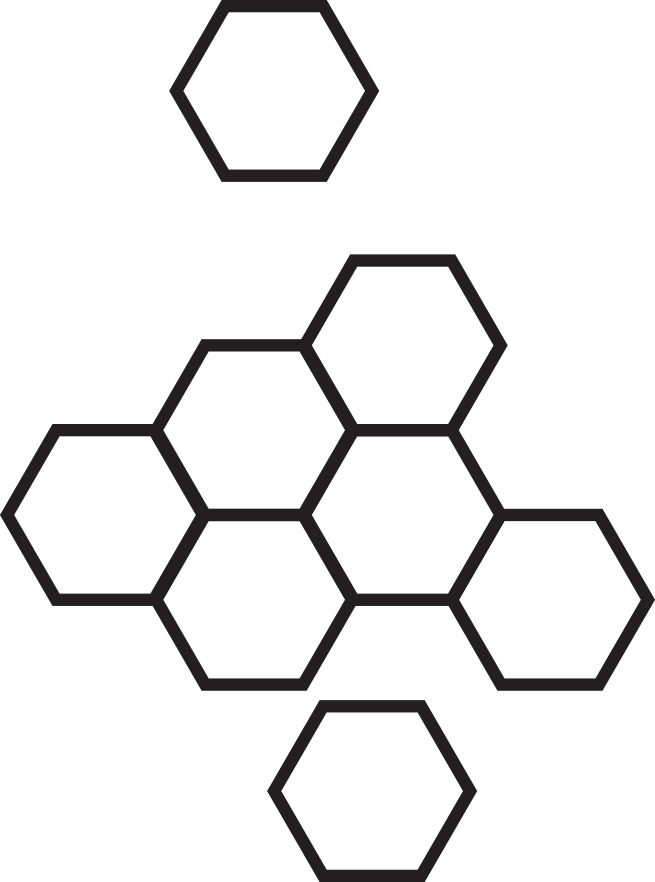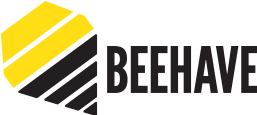HOME
BEEHAVE simulates the development of a honeybee colony and its foraging of nectar and pollen in different landscapes…WELCOME
BEEHAVE is a computer model to simulate the development of a honeybee colony and its nectar and pollen foraging behavior in different landscapes.
The purpose of BEEHAVE is to allow multiple stressors of honeybee colonies within a hive and in the landscape to be represented, either alone or in combination, to understand their potential influence on colony development and survival: e.g. varroa mites transmitting deformed wing virus (DVW) or acute paralysis virus (APV), effects of several beekeeping practices, poor forage availability or even forage gaps in the landscape, and pesticide-induced losses of in-hive bees and foragers, in-hive bees, or brood.
The design of BEEHAVE is based on empirical data, expert knowledge, and earlier honeybee models, but BEEHAVE is the first model that integrates within-hive processes with an explicit representation of foraging in heterogeneous and dynamic landscapes.
BEEHAVE was developed by a research team (Matthias Becher, Peter Kennedy, Juliet Osborne) based at Rothamsted Research and the University of Exeter in the UK, in collaboration Prof Volker Grimm at the Helmholtz Center for Environmental Research (UFZ, Leipzig, Germany) and Dr Pernille Thorbek (Syngenta). It can be freely downloaded from this website. It comes together with a user manual and a detailed model description. BEEHAVE is implemented in the free open-source software (NetLogo), which makes it easier to use it even if you have no background in modelling and programming.
Currently (2016), we are expanding the use of BEEHAVE to study pesticide exposure and pathogens more fully at the Environment and Sustainability Institute (University of Exeter), and we are developing another bee systems models to examine the population dynamics of bumblebees (Bumble-BEEHAVE). The Helmholtz Center for Environmental Research- UFZ are using BEEHAVE to study the effects of landscape configurations; and the French National Institute for Agricultural Research- INRA, Avignon) are also calibrating and validating BEEHAVE against their large field surveys of honeybee colonies. We would like to hear from other groups who are also using the model and we will be happy try and provide guidance in using BEEHAVE if needed (see Contact us page).
BEEHAVE has been extensively tested by a working group of the European Food Safety Authority (EFSA; see Publications page), with a view to implementing regulatory models to examine the effects of multiple stressors on bee populations, and Industries (Syngenta and Bayer) are using BEEHAVE to explore options for risk assessment and management.
The ultimate purpose of BEEHAVE is to better understand how honeybee colonies respond to stress, to identify stress levels and stressor combinations that put honeybees at risk, to support risk assessment and devise mitigation measures reducing risk. The major limitation of BEEHAVE is, though, that it only considers a single colony, so interactions between colonies within and across apiaries are currently ignored.
BEEHAVE was developed as part on an Industrial Partnership Award (project BB/H00114X) funded by the Biotechnology and Biological Sciences Research Council of the UK (90%) and Syngenta (10%).
BEEHAVE and its associated models are free software; you can redistribute and/or modify them under the terms of the GNU General Public License.
© The University of Exeter, Matthias Becher 2013
Colony and population dynamics
Foraging

Broodcare

Simulating multiple factors

Landscape and forage availability
Varroa and beekeeping



Dr Matthias Becher Profile
I am interested in the ecology of social bees, how they interact with each other and with their environment.
During my PhD at the University of Halle-Wittenberg (Germany) I studied the impact of developmental temperatures on division of labour and colony organisation in honeybees, combining experimental work with computer simulations.
I then moved to the UK to work with Juliet Osborne at Rothamsted Research. Closely linked to experimental studies on honeybees, we developed the BEEHAVE colony model.
Since 2013 I am an Associate Research Fellow at the University of Exeter, based on the Penryn Campus in Cornwall. Here, we developed the landscape model BEESCOUT and the bumblebee population model Bumble-BEEHAVE, which will available here to download after publication. We are currently working on a pesticide module which will enable us to simulate the effects of neonicotinoid applications on honeybees and bumbleblees.
© The University of Exeter, Matthias Becher 2013
Film of a stressed honeybee colony © John Freddy Jones Photos © Pete Kennedy







